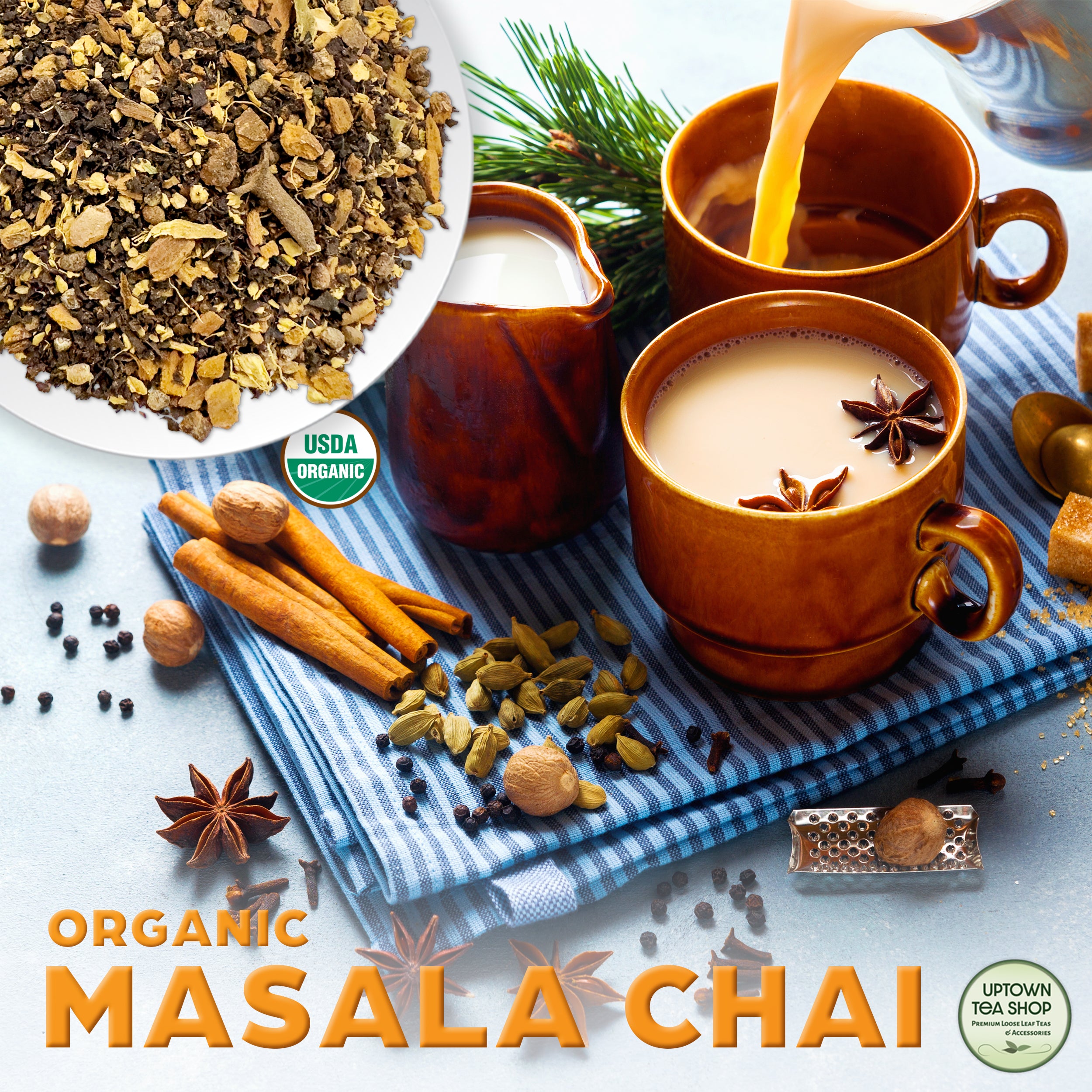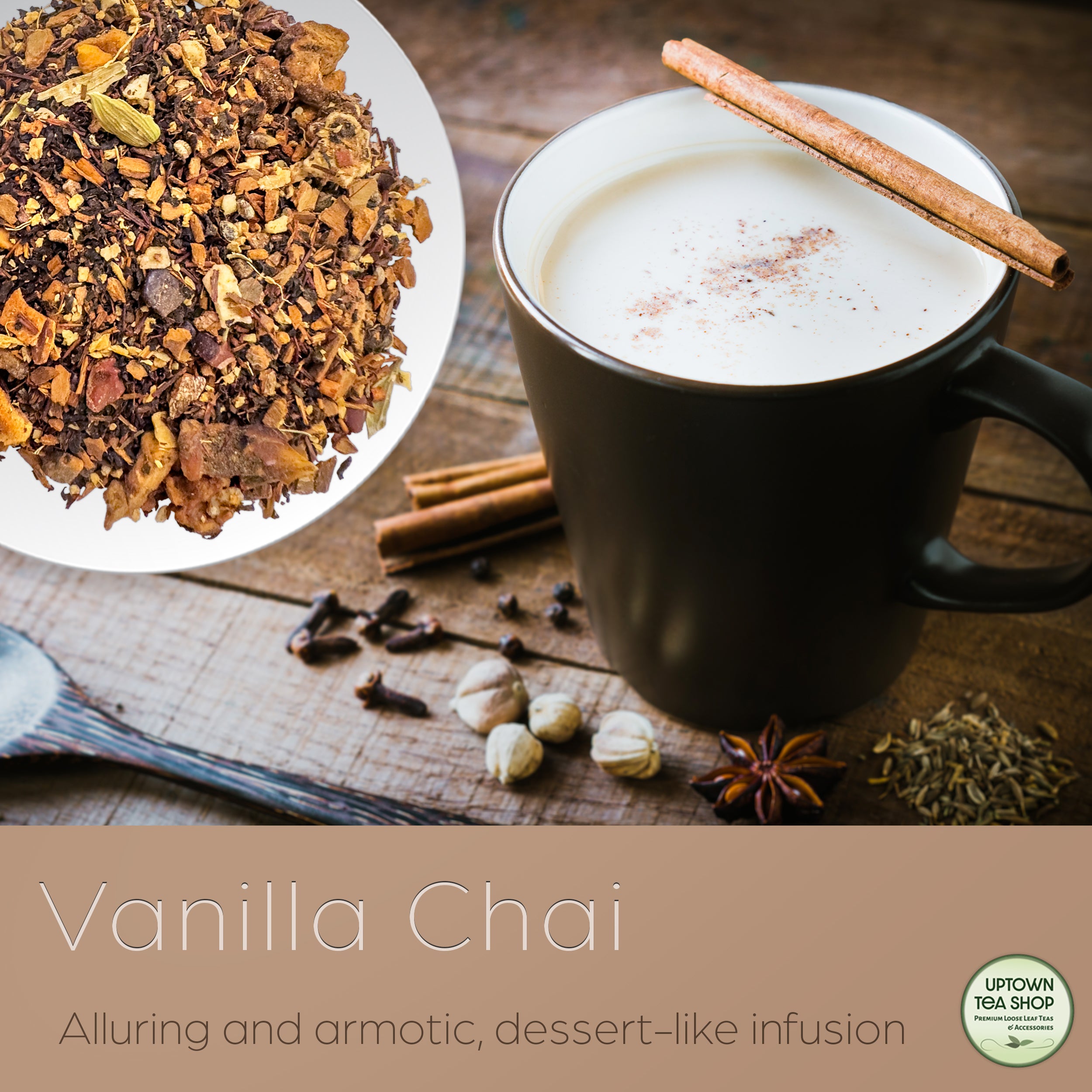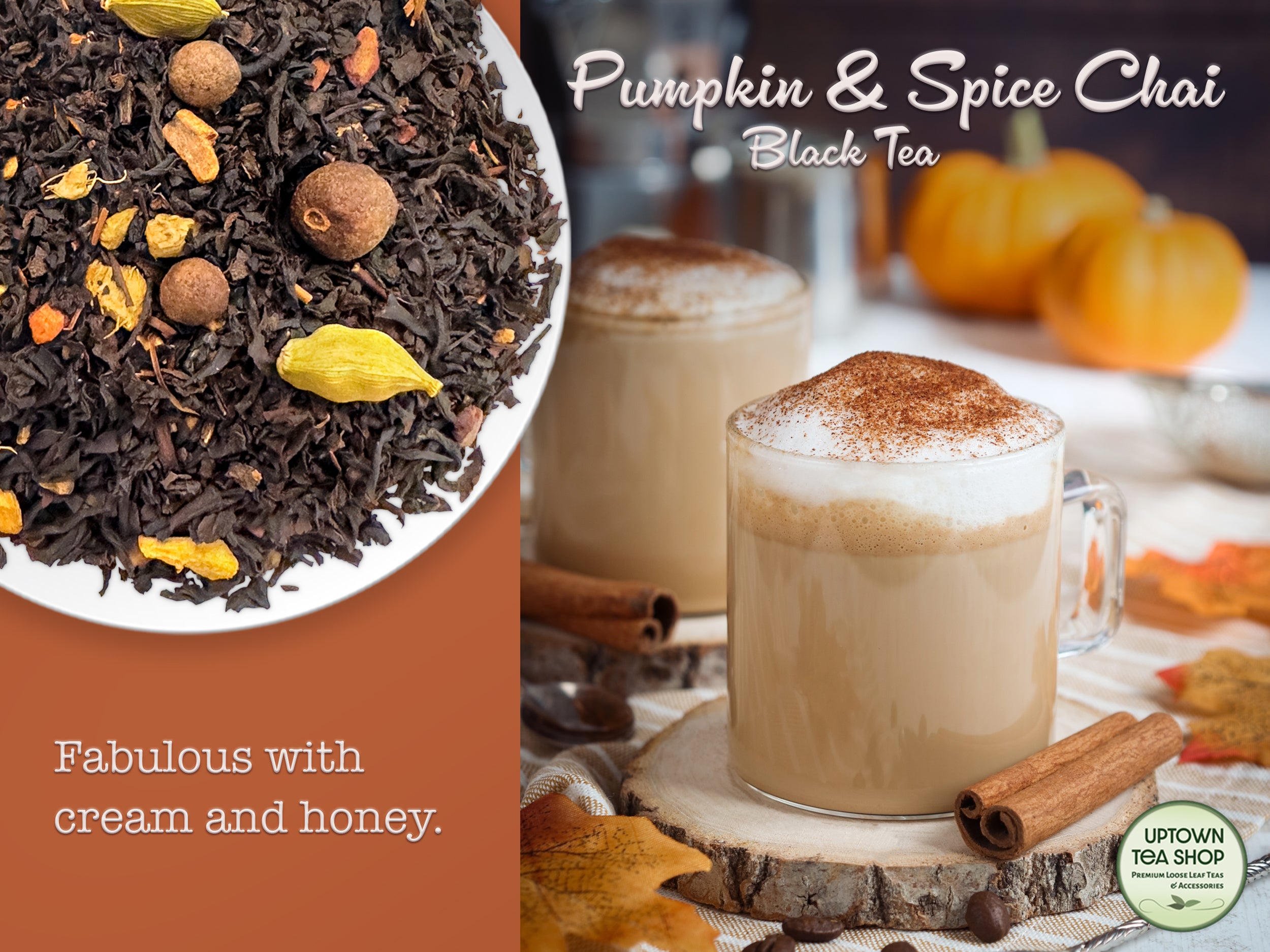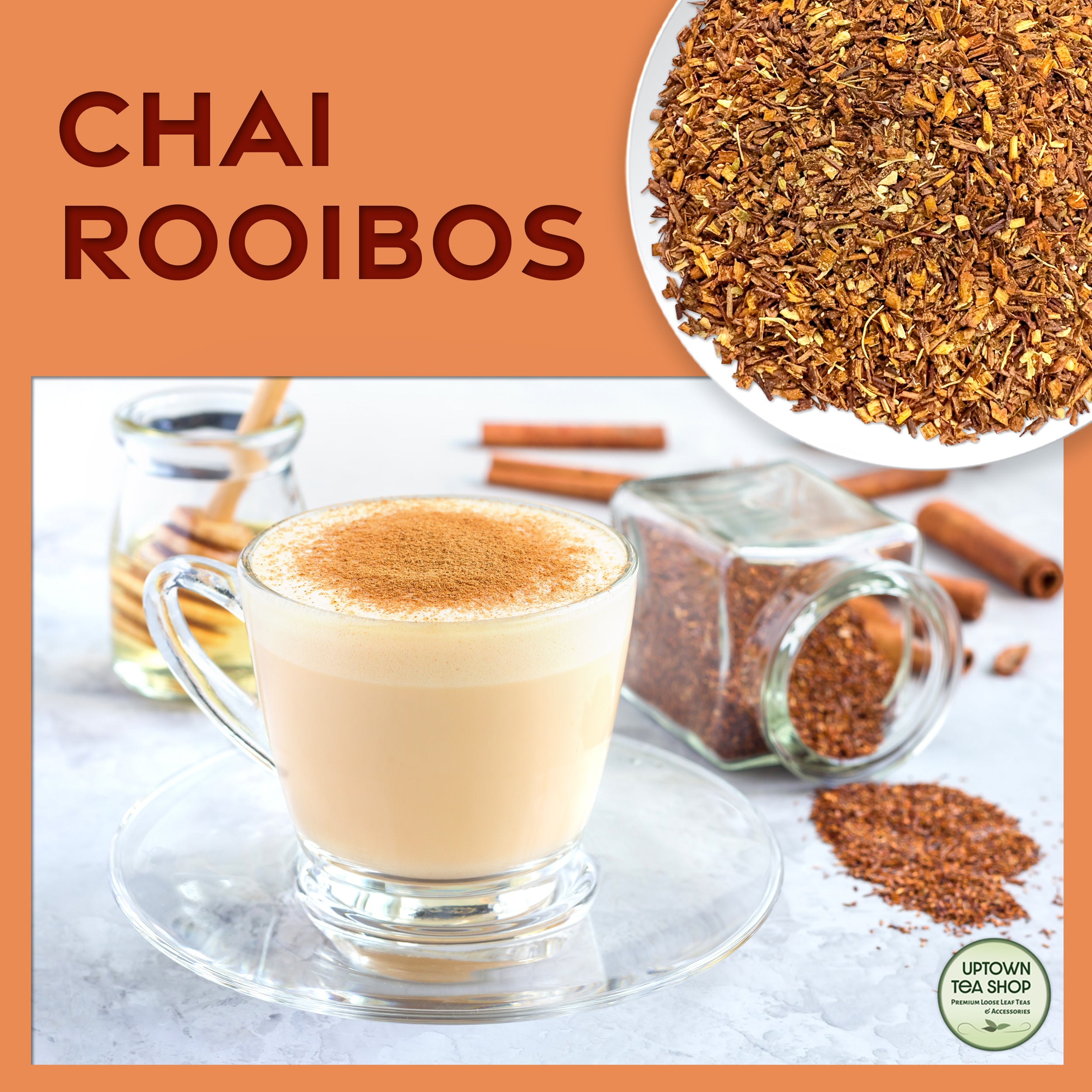☕️ It's Chai Time 😊
Posted by Dani Noto on

As the weather cools off and we head toward the holidays, my taste buds start telling me it's Chai tea time.
What exactly is Chai tea? Well, I guess that depends on where you live. In other parts of the world, the word "Chai" is synonymous with tea. While we commonly know chai as a "flavor" of tea, it actually translates to "tea" in Hindi.
Masala chai is usually made with ginger, cardamom, nutmeg, cinnamon, cloves, and black pepper, along with black tea leaves, hot water, and hot milk. Typically, you add a sweetener such as honey or sugar. I recommend making your own chai tea because you can control the tea's strength and sweetness, so you get a cup of chai that is perfect for you.

History of Chai
Legends say that chai originated over 5,000 years ago as a beverage that upheld the holistic principles of Ayurveda. Ayurveda is an ancient Indian healing practice that uses herbs for culinary and medicinal purposes, and chai has lots of them.
In the 1600s, Indian chai makers began using Chinese black tea leaves to create chai tea. In 1835, the British arrived in India and began establishing tea plantations across the country. These plantations standardized the types of black tea used to make chai. From then on, the black tea used to create chai was typically Assam and Darjeeling tea from India or Ceylon tea from Sri Lanka. British culture helped spread the popularity of tea worldwide, and chai soon became a favorite beverage globally.

Chai Tea Today
The popularity of chai has only increased during the 21st century.
Nutritionists believe chai tea is an excellent source of antioxidants, and the various spices used to make chai may also provide health benefits. Research has found that cinnamon may help lower blood pressure and improve overall heart health. In addition, cardamom may help reduce inflammation, while ginger may encourage efficient digestion and has antiviral benefits.
Along with the potential health benefits, experts believe making chai tea at home is a perfect bonding opportunity for families.

I'm pleased to tell you I carry traditional Organic Masala Chai as well as Vanilla Chai, Pumpkin & Spice Chai, Chai Rooibos, and Coconut Vanilla Chai Rooibos.
Organic Masala Chai, Vanilla Chai, and Pumpkin & Spice Chai all have a black tea base. After brewing, add a milk of your choice, preferably whole milk, half-and-half, or heavy cream. You could also add a nut milk if you prefer. I would not recommend using skim, 1%, or 2% milk. These do not have enough fat, and your tea will taste watery instead of creamy, which is what we desire in chai teas.

If you prefer a decaf chai, I've got you covered with Chai Rooibos and Coconut Vanilla Chai Rooibos. Many nights, I want a chai but no caffeine, and I will choose one of these wonderful teas. Chai Rooibos easily holds milk and honey or sugar, just like black tea. You can drink Coconut Vanilla Chai Rooibos "as is" or with milk and sweetener. That is totally up to you and your tastebuds.
If you are local, stop in and have one of my House Blended Chai teas. They're warm, creamy deliciousness in a cup. I offer three options for my house blend:
- Traditional, made with Organic Assam,
- Aunt Patty's Pumpkin Pie Chai,
- Earl Grey Creme de la Creme Chai.
All of them are fantastic. Or, as some of my customers say, it's "Love in a cup."
The next time you crave something warm, creamy, and delicious, reach for chai tea.
Disclaimer: This newsletter is for informational purposes only and is not intended to diagnose or treat any medical condition. It is not to replace the advice of a qualified healthcare or medical professional.
